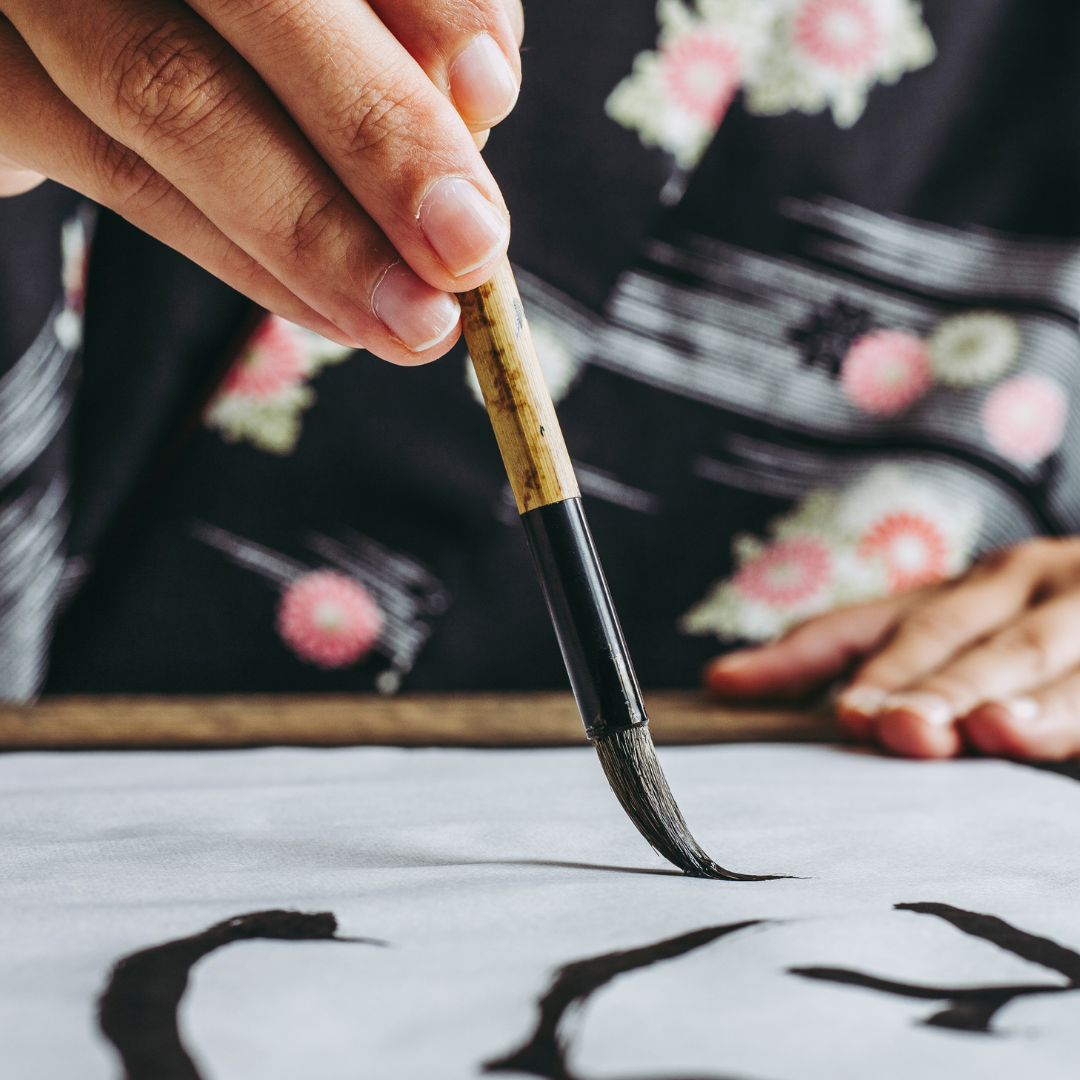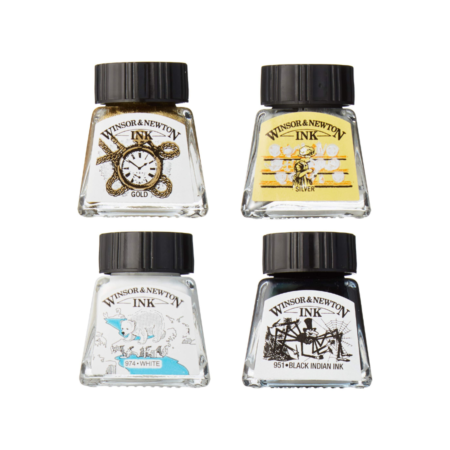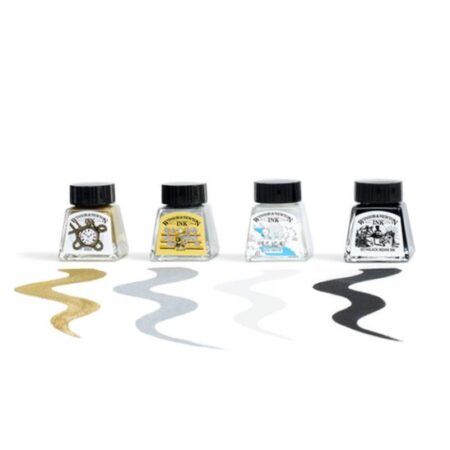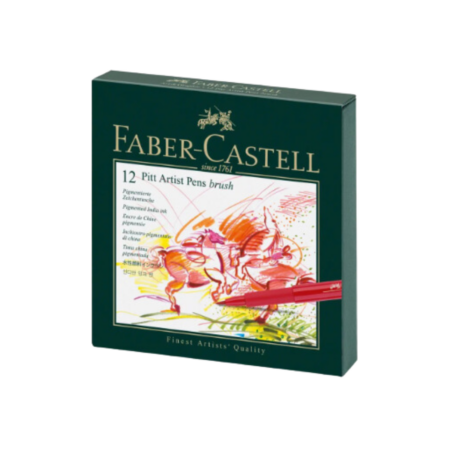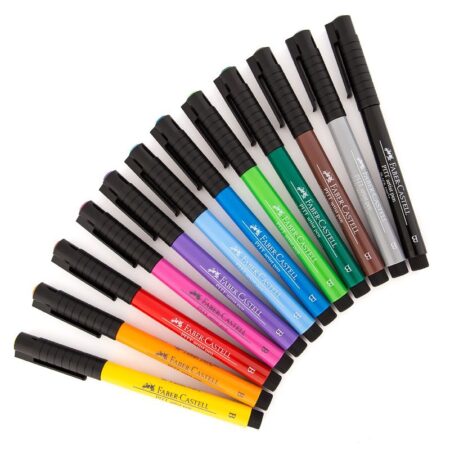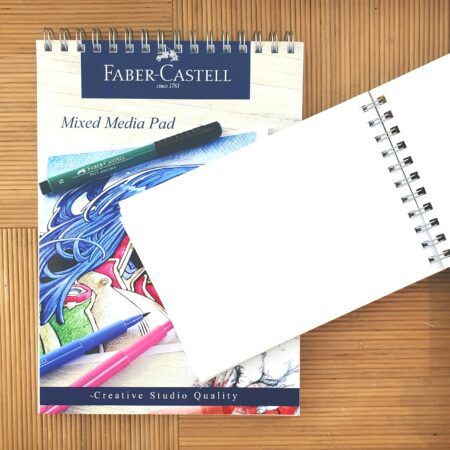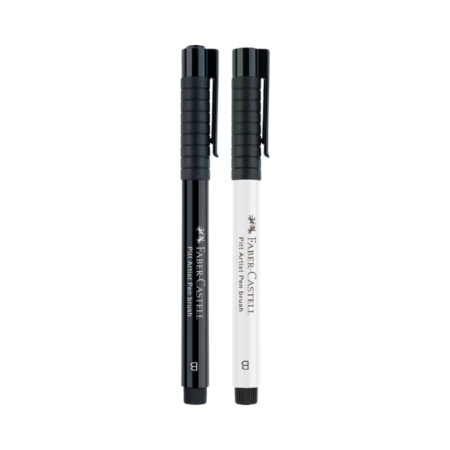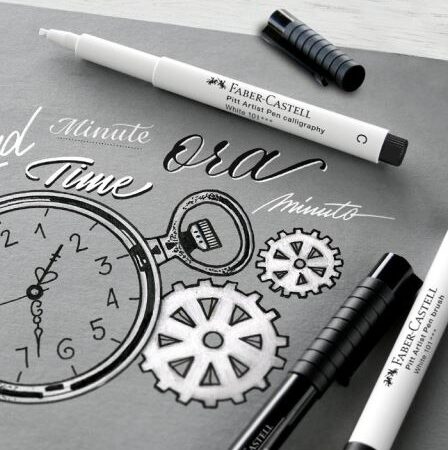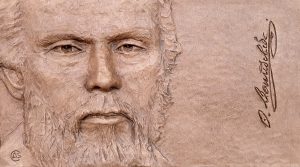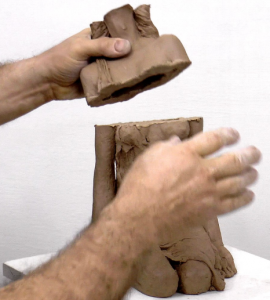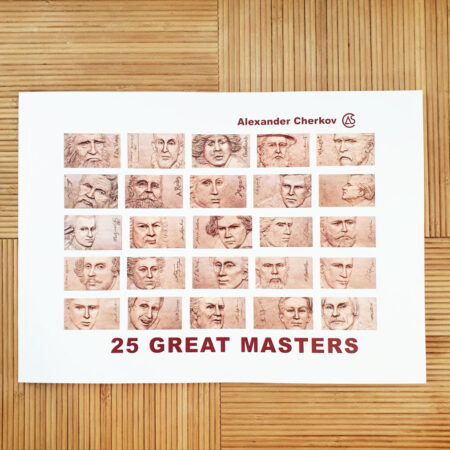Ink drawings have a long artistic tradition. This medium has always been interesting for artists and graphic artists, it gives the drawings expression and durability and it can also be combined with many other drawing techniques. The ink is among the ancient means of writing and drawing, ink drawings were still common in ancient Egypt, China, India and the countries of the Far East. Even today ink artists can be found around the world. Drawing with ink is less common than other means of drawing, but it is a special experience worth getting to know and it is recommended to try it.
Facts and properties of drawing ink
- Ink is mostly composed of carbon and binders, but there are also types of ink from plant sources, animals such as the squid for example or from metals such as iron.
- Useful ink for writing and also for drawing with a pen or brush. In addition, it is used for printing in most existing types of printing.
- The use of ink is prominent in the art of calligraphy - artistic and decorative writing. Calligraphy is an important and ancient field in East Asian art and is common in China even today. It is considered the most refined form of painting.
- The drawings are mostly in black ink, but you can find art ink in other shades such as silver and gold. Drawing is traditionally done with sable brushes, but also with a fingernail and possible with a fountain pen.
- The ink is suitable for mix media drawings, in which various materials are combined, for example watercolors above or as a basis for ink drawing.
- Indian ink is actually an ink that originates from China, it is a durable black or colored ink that is widely used for writing and drawing, and even creating comics. There are markers on the market based on Indian ink that make the traditional art of drawing quite simple.
An emotional dimension and personal expression that allows for writing with ink
Drawing with ink evokes associations of solemnity, aesthetics and flow and evokes a sense of connection to a multi-generational tradition. The process of working with the ink requires concentrated and focused work and it is desirable for the creator to have knowledge of drawing so as not to arouse a feeling of insecurity due to lack of experience.
When working with wet materials there are repeated operations, for example dipping the brush or nail ink. This kind of ritual is for the creator an anchor for finding an inner rhythm, as well as a framework that gives self-confidence, organization, order and setting boundaries, and thus for deeper emotional work.
Registration with ink - equipment and related materials
- Registration paper - It is important that the paper be thick and prevent the ink from seeping through. Watercolor paper or paper Mix media Great for this purpose.
- paintbrush - A round sable brush or a calligraphic brush made of squirrel hair.
- cloves or a fountain pen with a nib and an ink tank.
- Graphite pencils – Ink is a very unforgiving medium. Once you make a mistake, the best you can do is try to cover it up by incorporating the mistake into the drawing. At worst, you'll have to start over. That's why a pencil is useful for creating a delicate sketch, it's important not to put pressure on the pencil.
Tips and advice for the process of working with ink
- It is recommended to work with ink while standing at a table. The body is stable and flexible and allows for a soft, gentle and flowing hand movement. Standing also allows distance from the paper for general vision and zooming in / out when needed.
- When dipping the nail into an ink cartridge wait a bit so that the ink does not drip and create ink puddles on the page before drawing.
- The pressure applied to the nail affects the thickness of the line created, a thick line will require more ink.
- The ink is mainly used for line drawing. If you want to create a stain, do so by creating lines of lines.
- At the end of the work, wipe the nail with a water-free cloth to prevent rust.

